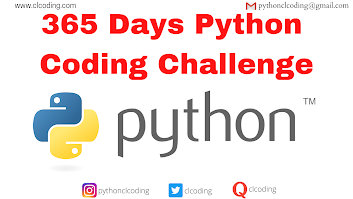Explanation:
Assignment (x = 7, 8, 9):
- Here, x is assigned a tuple (7, 8, 9) because multiple values separated by commas are automatically grouped into a tuple in Python.
- So, x = (7, 8, 9).
Printing (print(x == 7, 8, 9)):
- The print function evaluates the arguments inside and then displays them.
- The expression x == 7 checks if x is equal to 7. Since x is a tuple (7, 8, 9), this condition evaluates to False.
- The other values 8 and 9 are treated as separate arguments to print.
Output:
- The result of x == 7 is False.
- The values 8 and 9 are displayed as-is.
- Therefore, the output is:
False 8 9
Key Concepts:
- In Python, tuples are created using commas (e.g., x = 1, 2, 3 is the same as x = (1, 2, 3)).
- When printing multiple values, the print function separates them with spaces by default.


.png)
.png)
.png)
.png)
.png)
.png)
.png)






































%20in%20Finance).jpg)

















